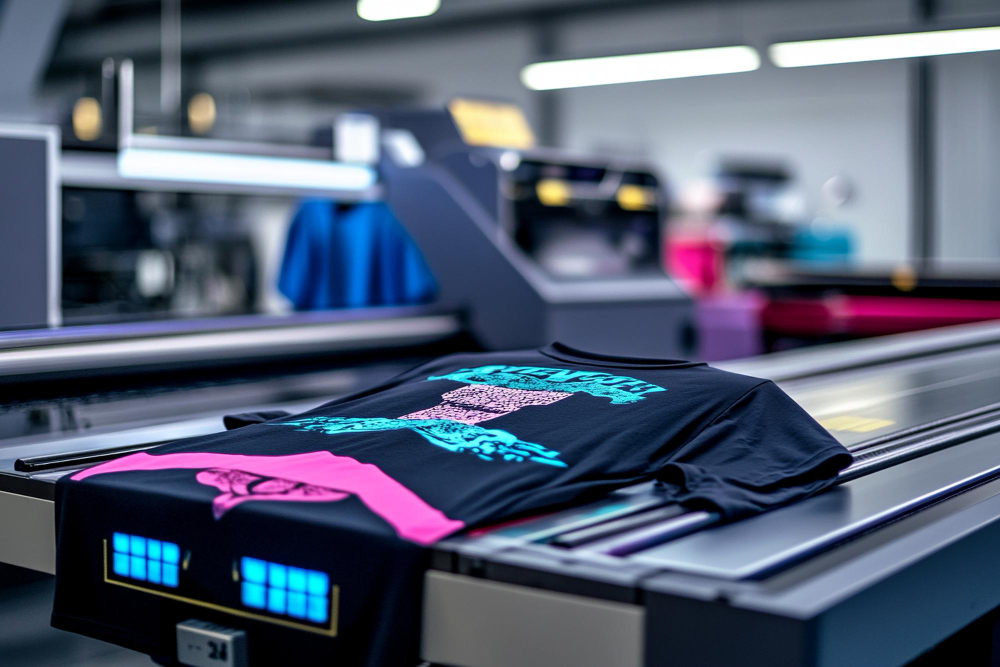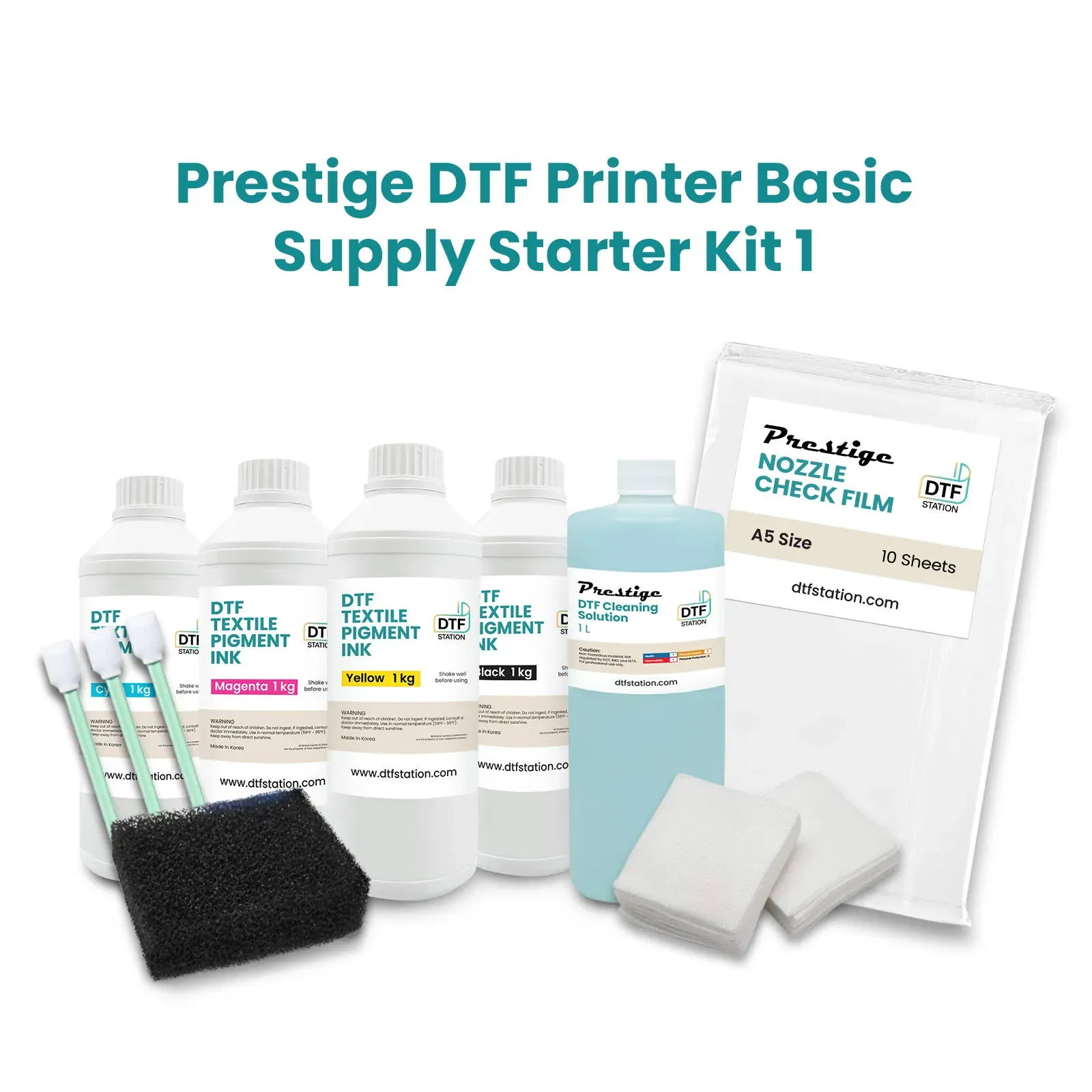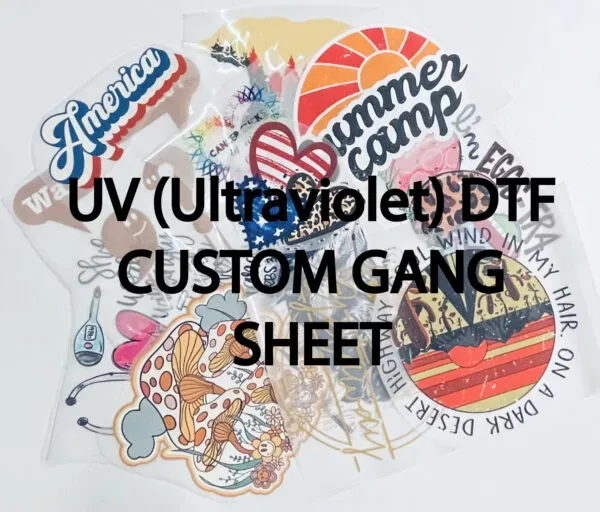DTF Printing: Designing Eye-Catching Graphics with Ease
DTF printing, or Direct to Film printing, has revolutionized the way designers approach custom apparel printing. This cutting-edge technique allows for the creation of vivid and intricate graphics that can be seamlessly transferred onto a variety of textiles, paving the way for new possibilities in textile design trends. As the demand for personalized clothing continues to grow, DTF graphics stand out due to their exceptional vibrancy and durability, making them a perfect choice for any project. Additionally, the rise of sustainable printing techniques within DTF printing resonates with eco-conscious consumers, further solidifying its position in the market. In this article, we will explore the recent innovations in DTF printing and how they empower designers to craft stunning visuals that captivate audiences.
When it comes to the realm of modern printing techniques, Direct to Film printing, also known as DTF technology, has emerged as a game-changer for artists and designers alike. This method specializes in rendering breathtaking graphics onto films that can be easily applied to fabrics, providing an effective solution for bespoke clothing. With an increasing shift towards sustainable printing practices, DTF not only caters to the artistic needs of designers but also aligns with the growing preference for environmentally friendly options in textile design. Custom apparel printing has never been this versatile and impactful, thanks to the innovations reshaping how graphics are created and applied. In this discussion, we will delve into various aspects of DTF, highlighting how emerging textile design trends are intertwined with these revolutionary printing solutions.
Understanding DTF Printing Techniques
Direct to Film (DTF) printing is an innovative technology that redefines the way graphics are applied to textiles. Unlike traditional printing methods, DTF printing involves a unique process where designs are first printed onto a special film. This film is then heat-pressed onto fabric, allowing for sharp detail and vibrant color profiles that can transform any garment into a wearable work of art. By utilizing water-based inks, which are less harmful to the environment than solvent-based inks, DTF printing is not only a reliable choice for high-quality output but also an eco-conscious decision for brands aiming for sustainability.
Moreover, DTF printing offers immense flexibility for designers looking to expand their portfolios. The ability to produce multi-colored graphics without compromising on quality makes it an invaluable tool for customized apparel printing, such as t-shirts, hoodies, and other fashion items. This method is particularly advantageous for projects that require intricate designs or smaller production runs, enabling brands to cater to unique consumer demands while keeping production costs in check.
The Advantages of DTF Graphics in Custom Apparel
DTF graphics have revolutionized the custom apparel market by allowing designers to produce high-quality, durable prints that stand the test of time. One of the primary benefits is the ability to print on a wide variety of substrates, including cotton, polyester, and blends, making DTF an ideal choice for diverse textile design trends. This versatility not only helps brands appeal to a wider audience but also enhances the aesthetic quality of the final product.
In addition to versatility, the color quality achieved with DTF printing is unparalleled. Using specially formulated inks, DTF processes produce vibrant hues that can maintain their intensity even after multiple washes. This longevity ensures that customers can enjoy their customized apparel longer, making it a practical choice for both businesses and consumers seeking lasting value in their purchases.
Sustainable Printing Techniques in DTF
Sustainability plays an increasingly critical role in today’s textile industry, and DTF printing stands out as a frontrunner in eco-friendly practices. One of the primary advantages of DTF is its use of water-based inks, which are not only less toxic but also produce less waste compared to traditional solvent-based inks. This environmentally friendly approach appeals to both consumers and brands that prioritize corporate social responsibility.
Furthermore, the DTF printing process minimizes ink wastage since designs are precisely printed onto films rather than directly onto fabric. This precision reduces excess use of materials and ensures that only the necessary amount of ink is utilized, promoting sustainable production practices. As more companies adopt eco-friendly printing techniques like DTF, the industry moves closer to a more sustainable future.
Recent Developments in DTF Technology
The direct to film printing technology has witnessed significant advancements that enhance the overall quality and efficiency of graphic production. Recent innovations include new ink formulations that offer improved washability and color fastness, allowing designs to retain their vibrancy for longer periods. Such enhancements make DTF printing a preferred method for custom apparel, aligning with market demands for durable and reliable products.
Another vital development in DTF technology is the advent of automated systems that streamline the printing process. These systems not only reduce the time and labor involved in producing custom graphics but also minimize the risk of human error. As a result, designers can achieve higher production rates while maintaining superior quality, thereby meeting the burgeoning demand for personalized merchandise in the global market.
Educational Resources for DTF Printing Mastery
As the demand for DTF printing continues to rise, a wealth of educational resources has emerged to help designers harness this technology effectively. Numerous workshops and online tutorials are now available, teaching everything from the basics of DTF printing to advanced techniques for achieving extraordinary results. These resources empower both newcomers and skilled professionals to explore the creative possibilities that DTF technology can offer.
Participating in DTF-specific training programs also builds essential skills that can set designers apart in a competitive marketplace. Engaging with industry experts and learning about the latest trends and techniques not only fosters professional growth but also encourages innovation in their work. By embracing the wealth of knowledge available, designers can enhance their offerings, ensuring they remain ahead of the curve in the ever-evolving graphic design landscape.
Future Trends in Textile Design with DTF Printing
As we look ahead, the future of textile design is likely to be heavily influenced by innovations in DTF printing. One emerging trend is the increasing demand for personalized designs that resonate with consumers on an individual level. As consumers continue to seek unique, customized items, DTF printing offers the flexibility and quality necessary to meet these needs, paving the way for an exciting future in custom apparel.
Additionally, advancements in DTF technology may lead to new opportunities for sustainable design practices. As the industry approaches a more eco-conscious mindset, integrating sustainable printing techniques with DTF printing could further enhance its appeal among both designers and consumers. This fusion of creativity and responsibility will undoubtedly shape the next generation of textile design, making it not only visually striking but also planet-friendly.
Frequently Asked Questions
What is DTF printing and how does it work?
DTF printing, or Direct to Film printing, is a technique that involves printing a design onto a special film which is then heat-transferred onto fabric. This method is known for producing vibrant colors and intricate graphics, making it popular in custom apparel printing.
What are the benefits of using DTF graphics for custom apparel?
The benefits of using DTF graphics include superior color vibrancy, durability through washes, and the ability to print intricate designs easily. These qualities make DTF printing an excellent choice for custom apparel that stands out and endures.
How has DTF printing technology evolved recently?
Recent developments in DTF printing technology include enhanced color quality, innovative inks that ensure better durability, and the growth of the market driven by consumer demand for personalized products. These advancements position DTF as a leading technique in textile design.
Is DTF printing an environmentally sustainable option?
Yes, DTF printing employs water-based inks which produce less waste than traditional methods. This eco-friendly aspect appeals to those seeking sustainable printing techniques while allowing designers to create beautiful, vibrant graphics.
What is the market demand for DTF printing in textile design?
The demand for DTF printing is rapidly growing due to the increasing consumer preference for customized products. This trend highlights the shift towards personalized items, creating a profitable opportunity for designers using DTF technology.
Are there educational resources available for learning DTF printing?
Yes, there are numerous educational resources and workshops available for designers looking to master DTF printing. Companies offer tutorials and hands-on training, making it accessible for both beginners and experienced professionals.
| Key Points | Details |
|---|---|
| What is DTF Printing? | A method for printing designs onto a special film which can then be transferred to fabrics using heat and pressure, leading to vibrant and detailed graphics. |
| Enhanced Color Quality | DTF printing produces brighter, more saturated colors compared to traditional methods, allowing for more creative freedom. |
| Innovative Inks and Adhesives | New inks improve print durability and cut costs, making DTF prints last longer without fading. |
| Market Expansion | Increasing demand for custom designs is driving DTF technology adoption, appealing to personalized consumer preferences. |
| Sustainability in DTF | Utilizes water-based inks, producing less waste and aligning with environmentally friendly practices. |
| Educational Resources and Workshops | Various workshops and tutorials are available to assist designers in mastering DTF technology, making it accessible for all skill levels. |
Summary
DTF printing represents a groundbreaking evolution in the graphic design industry, providing unique opportunities for creativity with its vibrant color capabilities and intricate detail reproduction. As the technique continues to improve, supported by advancements in technology and a growing market for personalized products, designers can tap into new and exciting applications for their work. The rise of DTF printing not only enhances artistic expression but also contributes to sustainability efforts with its eco-friendly inks. By exploring the educational resources available, graphic designers can effectively leverage DTF printing to create captivating textiles that resonate with consumers and stand out in competitive markets.







